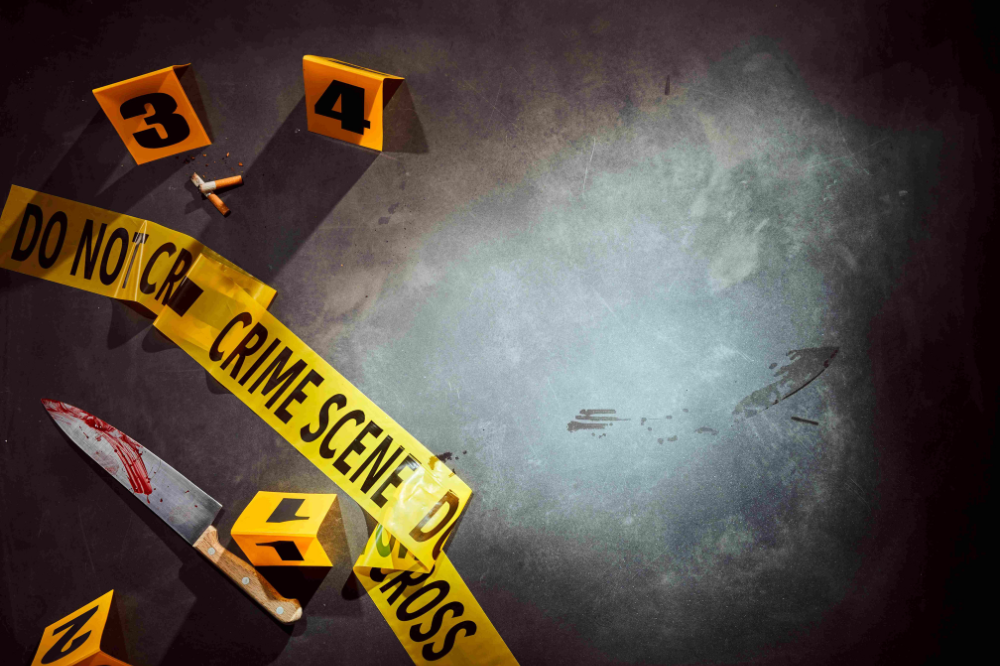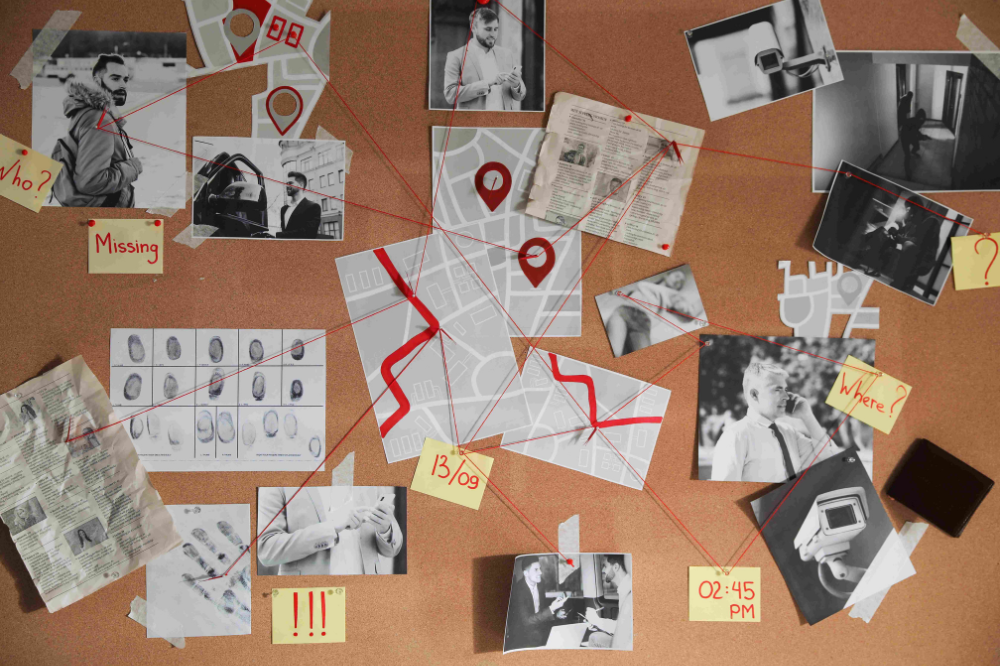The Role Of Unattended Death Cleanup
In Crime Scene Investigation

Crime scene investigation is a complex and multifaceted process that involves various specialized disciplines. One often overlooked but crucial aspect of this field is unattended death cleanup. This specialized service plays a vital role in preserving evidence, maintaining public health, and restoring affected areas to their pre-incident state. As law enforcement and forensic teams work to solve cases, the importance of professional cleanup services cannot be understated.
The Intersection of Forensics and Biohazard Remediation
When a death occurs, particularly in cases where the body is not immediately discovered, the scene can quickly become hazardous. Bodily fluids and decomposition products create biohazard risks that require specialized handling. This is where unattended death cleanup services come into play. These professionals are trained to handle biological materials safely while preserving the integrity of the crime scene.
In cases involving violent deaths or suicide cleanup, the challenges are even more significant. These situations often result in extensive contamination that requires thorough remediation. The cleanup team must work diligently to remove all traces of biological material while ensuring that no potential evidence is compromised.
Preserving the Chain of Evidence
One of the primary concerns in any criminal investigation is maintaining the chain of evidence. Unattended death cleanup specialists are trained to work alongside law enforcement and forensic teams to ensure that their activities do not interfere with the collection of crucial evidence.
To maintain the integrity of a crime scene, cleanup professionals follow strict protocols. Before any cleanup begins, the scene is thoroughly photographed and documented. Cleanup teams work closely with law enforcement to understand which areas have been processed and which still require forensic examination. All materials removed from the scene are carefully cataloged and disposed of according to legal requirements. Additionally, cleanup specialists are trained to recognize potential evidence and avoid disturbing any items that may be of interest to investigators.
The thorough and professional cleanup of an unattended death scene can actually aid in forensic analysis. By removing contamination and restoring the area, investigators can more easily identify subtle clues that might otherwise be obscured by biological debris.
Health and Safety Considerations
Beyond the forensic implications, unattended death cleanup is crucial for protecting public health. Decomposing bodies can harbor dangerous pathogens and attract pests, creating significant health risks for anyone entering the area.
Cleanup professionals use specialized equipment and techniques to contain and eliminate biohazards. Workers wear full-body suits, respirators, and multiple layers of gloves to protect themselves from contamination. The affected area is sealed off to prevent the spread of hazardous materials. High-efficiency particulate air (HEPA) filters are used to remove airborne pathogens and odors. Industrial-strength cleaning agents and UV light treatments are employed to eliminate bacteria and viruses.
Proper cleanup is essential for preventing long-term health issues that can arise from exposure to biological contaminants. This is particularly important in residential settings where occupants will return to the space after the investigation is complete.

Psychological Aspects of Scene Restoration
The cleanup process serves not only a practical purpose but also a psychological one. For family members and property owners, the restoration of the affected area can be an important step in the grieving and healing process.
Professional cleanup services help to mitigate the trauma associated with unattended deaths by removing visible reminders of the incident, eliminating odors that can trigger distressing memories, and restoring the space to a livable condition. This aspect of the cleanup process is particularly important in cases of violent crimes or suicides, where the psychological impact on survivors can be severe.
Legal and Regulatory Compliance
Unattended death cleanup is subject to strict legal and regulatory requirements. These regulations are designed to protect public health and ensure proper handling of potentially hazardous materials.
The Occupational Safety and Health Administration (OSHA) sets guidelines for workers involved in biohazard cleanup. These standards cover bloodborne pathogen exposure control, proper use of personal protective equipment, and handling and disposal of contaminated materials.
Cleanup professionals must also comply with environmental regulations regarding the disposal of biohazardous waste. This includes proper packaging and labeling of waste materials, transportation to authorized disposal facilities, and documentation of waste handling and disposal. Adhering to these regulations is crucial not only for legal compliance but also for maintaining the integrity of the crime scene and any evidence collected.
Training and Certification for Cleanup Professionals
The specialized nature of unattended death cleanup requires extensive training and certification. Professional cleanup technicians undergo rigorous education to ensure they can handle the complex challenges of their work. Key areas of training include biohazard handling and disposal, crime scene preservation techniques, psychological first aid for interacting with affected families, and legal and regulatory compliance.
Conclusion
The role of unattended death cleanup in crime scene investigation is multifaceted and indispensable. It represents a critical link in the chain of events that follows a tragic incident, from the initial discovery through the investigative process and ultimately to the restoration of affected spaces.